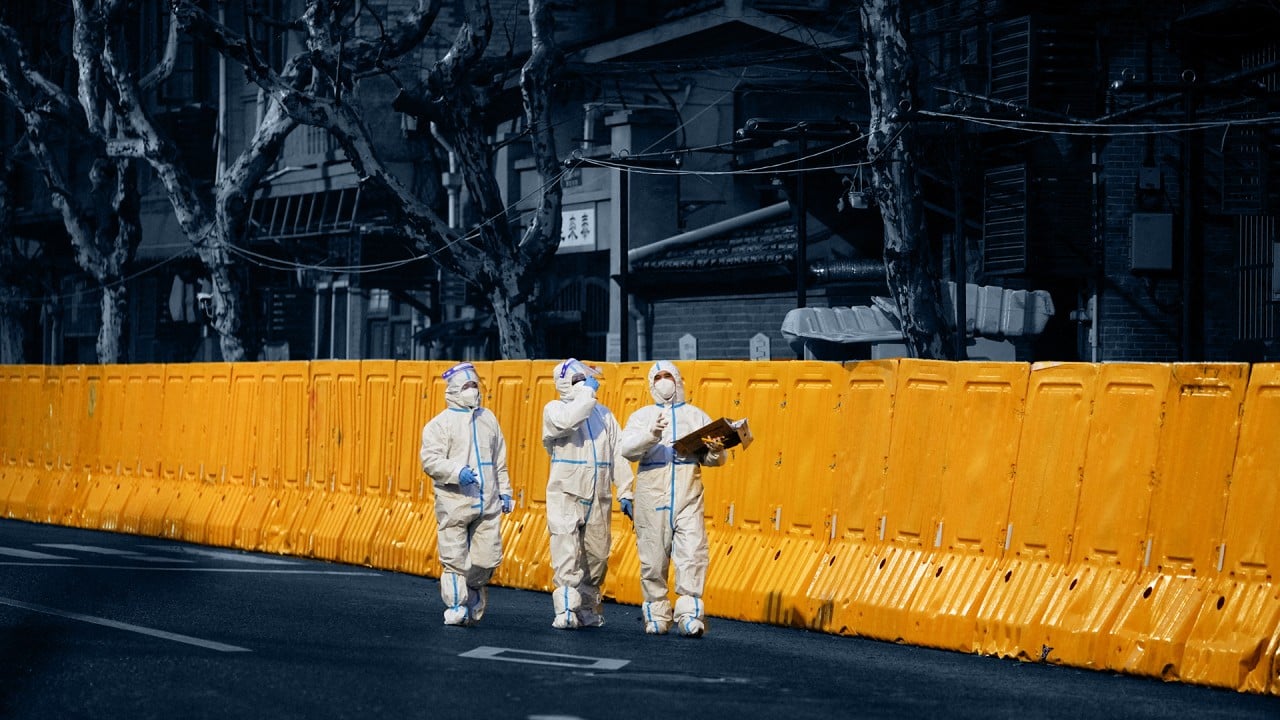
Three reasons expecting a soft landing for the global economy is just wishful thinking
- The IMF’s latest global outlook projects a soft landing for the world economy despite the current challenges, but there are reasons to be sceptical
- Headwinds include an increasingly sluggish Chinese economy, overlooked consequences of rising interest rates and inflation, and overly optimistic forecasts
The predictable downward revision cycle for the global economic outlook has officially begun. That is the message from the semi-annual World Economic Outlook just released by the International Monetary Fund, which reinforces earlier revisions from several prominent private forecasting teams.
To its credit, the IMF warned that this was coming with an interim downward revision of 0.5 percentage points in January. Even so, in looking back over the past 15 years, this is the third-largest cut in the IMF’s regular six-month revision cycle.
In both of those earlier cases, the outsize forecast reductions foretold sharp global recessions. Yet neither the IMF nor most other forecasters believe the current shortfall in global growth will push the world into outright recession. The latest World Economic Outlook calls for a perfect soft landing for the global economy.
Following the recent downward revision, global growth is now expected to settle into a 3.6 per cent growth trajectory over 2022-23, which is fractionally above the 3.4 per cent average since 1980. Landings don’t get much smoother than that.
Global growth remains under threat, but there’s no need to be too bearish
Forecasters and investors extrapolate current trends into the future, so it is important to look through the extraordinary volatility of 2020-21 to get a clean read on which trend to extrapolate.
During those two years, global GDP growth averaged just 1.5 per cent, well below the official global recession threshold. Needless to say, if world economic growth slows more towards that underlying trend than the soft-landing glide path, another global recession is hardly far-fetched.
The latest IMF outlook puts average Chinese growth in 2022-23 at 4.75 per cent, a little more than half the post-crisis trend when strong Chinese growth was the only thing preventing the world from relapsing into recession. As was the case back then, global resilience without a more vigorous Chinese economy is highly unlikely.
Third, the downshift in the global growth cycle is being accompanied by a major upswing in the global inflation and interest-rate cycles. The soft-landing crowd is dismissive of the consequences. As inflation surges, there is loose talk of “peak inflation” – the fanciful idea that it is so bad now that it can only get better from here.
This argument misses the point. With the US consumer price index surging by 8.5 per cent in March, there is an excellent chance this key barometer of inflation will be considerably lower by the end of the year, but how much lower? Low enough to rescue the US Federal Reserve from its most irresponsible monetary policy gambit since the mid-1970s?
That means the inflation-adjusted federal funds rate will remain in negative territory throughout the year, marking a 38-month period of negative real policy rates. Real interest rates matter in maintaining price stability and driving economic growth. When assessing risks to the global business cycle, the bottom line is that the upswing in real rates has much further to go.
All of this underscores the downside risks that are building in the global economy. As a recovering Wall Street forecaster, I empathise with the mindset of most forecasting teams who believe they have factored in most conceivable risks.
In this case, financial markets concur, convinced that an inflation-prone world with accommodative central banks is somehow gliding toward a soft landing for the ages. But is this already-rosy scenario really supposed to play out without China? Dream on.


